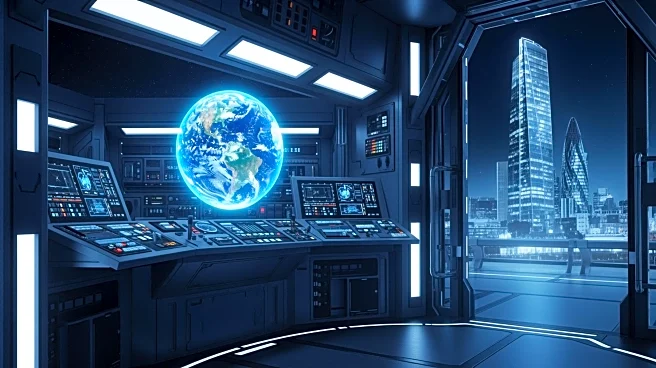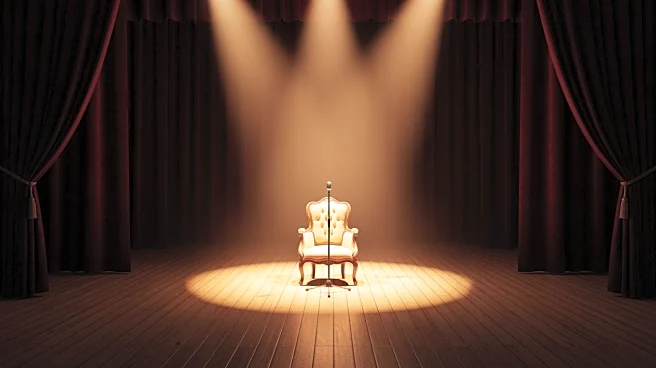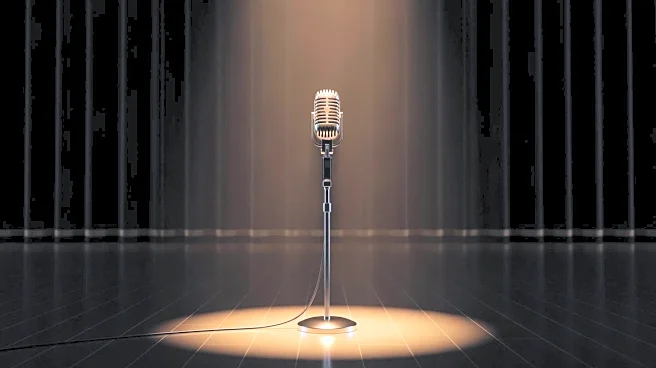What's Happening?
Tom Felton, known for his role as Draco Malfoy in the Harry Potter film series, has returned to the character in the Broadway production of 'Harry Potter and the Cursed Child.' The play, which debuted in London's West End in 2016, follows the story of Harry Potter's
children attending Hogwarts, 19 years after the events of the original series. Felton's return has sparked fan interest, particularly due to the contrast between his current appearance and the aged depiction of Malfoy in the final Harry Potter film. Fans have noted the discrepancy, with Felton now resembling the character's father more than the aged version portrayed in the movie.
Why It's Important?
Felton's return to the role of Draco Malfoy is significant for fans of the Harry Potter franchise, as it bridges the gap between the original films and the ongoing stage production. This move highlights the enduring popularity of the Harry Potter universe and its ability to adapt and evolve with new formats and interpretations. The Broadway production offers a fresh perspective on beloved characters, potentially attracting new audiences and reinvigorating interest in the franchise. Felton's involvement also underscores the importance of original cast members in maintaining continuity and fan engagement.
What's Next?
Felton is set to continue his role in 'Harry Potter and the Cursed Child' on Broadway until May 2026. His performance is expected to draw significant attention and possibly influence future casting decisions for the production. The ongoing success of the play may lead to further adaptations or expansions of the Harry Potter universe, including potential film or television projects. Fans and critics alike will be watching closely to see how Felton's portrayal impacts the reception of the play and the broader franchise.
Beyond the Headlines
The return of original cast members like Tom Felton to iconic roles can have deeper implications for the entertainment industry, particularly in terms of nostalgia and the value of established franchises. This trend reflects a broader cultural phenomenon where audiences seek comfort in familiar stories and characters, driving demand for reboots and revivals. It also raises questions about the creative direction of long-standing franchises and the balance between innovation and tradition.













